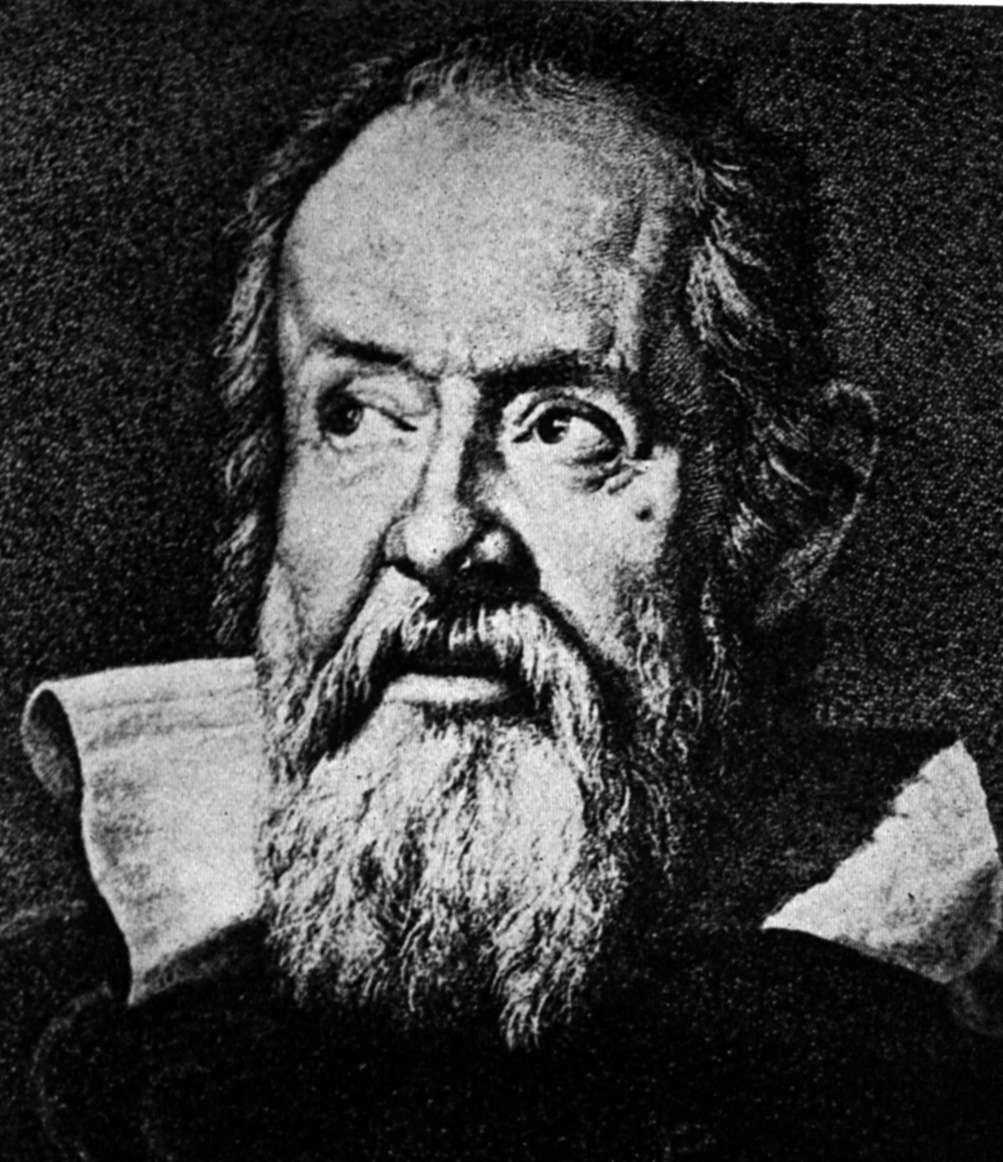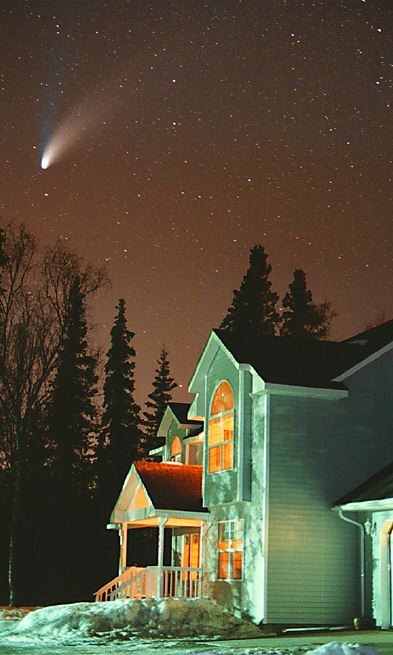 3100BC- Egyptians start using calendars that are calculated according to the position of the
3100BC- Egyptians start using calendars that are calculated according to the position of the
stars.
3000BC- Egyptians draw the oldest known constellation shapes.
2446BC- In China, astronomers notice the first five planets in the solar system (Mercury,
Venus, Earth, Mars, and Jupiter) have come into alignment.
6000BC to AD900- Astronomy is taught in Greek universities.
300BC to AD900- The Mayas in Central America device an accurate calendar using their
findings of astronomy. The Aztecs later adopted the calendar.
AD150- The Ptolemeic System was invented by Greek astronomer, Ptolemy. According to this system, the Earth was the center of the universe and every thing else, including the Sun, orbits it. Astronomers followed this idea for the next 1,400 years.
200 to 1000- The years that the modern astronomers refer to as the "lost centuries" begin.
These were the times that the study of astronomy stopped in Europe due to lack of food and
frequent wars.
Around 1000- In Arabia the astronomy revival begins.
1006- The Chinese observe the Lupus Supernova.
1030- An astronomer from the Baghdad School of Astronomy, Al-Sufi, draws up the best of the many star catalogs that start to show up at this time.
1054- The Chinese note the Taurus Supernova. You can still see debris from the supernova in the crab nebula.
1420- Ulegh Beg builds the Samarkand Observatory in Central Asia.
1543- The De Revolutionibus Orbium Coelestium (On the Revolution of the Heavenly Spheres) is published by Copernicus. It is a controversial book suggesting that the Sun is the middle of the Solar System.
1604- German astronomer, Johannes Kepler, sees the "Kepler's Nova" in our galaxy.
1608- Hans Lippershey from the Netherlands invents a refractor telescope.
1609- Galileo Galilei, from Italy, improves upon Lippershey's telescope. He begins his
observations of the stars and planets.
1668- Isaac Newton, from England, builds the world's first reflector telescope.
1687- Principia, published by Newton, proves that the Earth and all the other planets orbit the Sun.
1758- A comet returns into view as predicted by Edmund Halley, an English scientist. In his
memory it was named Halley's Comet.
1781- Charles Messier, a comet-hunter from France, publishes a catalog of galaxies, star
clusters and nebulae. Also in this year, William Herschel of England discovers Uranus.
1801- Giuseppe Piazzi, from Italy, discovers the first asteroid.
1845- The most powerful reflector telescope yet made, Leviathan, in Ireland by the Earl of
Rosse. With it, spiral galaxies were discovered.
1846- Gottfried Galle and Heinrich Louis D'Arrest discover Neptune in France.
1877- Asaph Hall discovers Mars's two Moons, Phobos and Deimos, in England. Also in
that year, Italy's Giobanni Schiaparelli observes Mars's deep channels, the "canals".
1910- Halley's Comet and the Great Daylight Comet are seen. The Great Daylight Comet is so bright it can be spotted during the day.
1915 to 1917- German scientist Albert Einstein develops his General Theory of Relativity.
This revolutionizes how scientists research gravity, time, physics and space.
1927- Georges Lemaitre, of Belgium, proposes the Big Bang theory.
1930- Clyde Tombauh discovers Pluto in the U.S.A.
1937- The first true radio telescope is invented by USA's Groter Reber.
1946- USA's Edwin Hubble helps to build the biggest reflector telescope yet made, Hale.
1948- The Steady State theory, of Thomas Gold and Hermann Bondi, challenges the Big
Bang theory. The theory says that the universe will always look the same.
1957- The world's first artificial satellite, Sputnik 1, is launched by the Soviet Union on
October 4. Sputnik 2 was launched on November 3 carrying a dog named Laika into space.
1959- The Soviet Union sends the first space probes to the Moon.
1961- On April 12, the Soviet Union's Yuri Gagarin, is the first person to go into space. The flight lasted less than two hours.
1963- On June 16, Valentina Tereshkova of the Soviet Union, becomes the first woman in
space. The flight lasted nearly three days.
1965- Robert Wilson and Arno Penzias, of the U.S.A., detect weak signals, radio like noise, from space. Some think that this proves the Big Bang really happened. Also in this year, the Mariner 4 space probe is the first to photograph Mars.
1966- The Luna 9 space probe is the first to land on Mars, taking off from the Soviet Union.
1967- First space probe landed on Venus.
1968- The first manned space flight, Apollo 8, around the moon.
1969- On July 20, Apollo 11 from the U.S., lands on the Moon. It was manned my Buzz
Aldrin and Neil Armstrong. Armstrong becomes the first human to set foot on the Moon. Also in
the U.S., astronomers at the Steward Observatory, has the first sighting of a pulsar.
1971- The Mariner 9 returns to the U.S., the first ever close up photographs of Mars.
1973- Skylab, the first space station, was launched by the U.S. Also Pioneer 10 spacecraft takes the first ever close up pictures of Jupiter.
1974- Mariner 10 returns to the U.S.A. the first ever photographs of Venus's cloud tops and Mercury's surface.
1975- The Soviet space probes, Venera 9 and Venera 10, capture the first pictures of Venus's
surface.
1976- Viking 1 and Viking 2, U.S. space probes, take pictures and samples of Mars's soil.
1977- The rings around Uranus are discovered.
1979- Charon's, Pluto's Moon, existence is confirmed. Also Voyager 1 sends back detailed pictures of Jupiter.
1980- Voyager 2 sends back detailed pictures of Saturn.
1981- April 12, U.S.A. launches the first space shuttle flight, STS1.
1986- Voyager 2 sends back detailed pictures of Uranus. U.S. shuttle Challenger explodes, killing seven astronauts.
1989- Voyager 2 sends back detailed pictures of Neptune.
1990- The Hubble Space Telescope is launched from the U.S.A. and is found to have a fault. It is unable to send back any images of distant parts of space.
1991- Skywaking astronauts repair the Hubble Space Telescope.
1995- Comet Hale-Bopp is discovered.
1997- Comet Hale-Bopp becomes the brightest comet since 1911. The U.S. Mars Pathfinder reaches Mars and sends back information about the planet's rocks, weather and soil. The U.S.A. launches the Cassini mission to Saturn in October.

